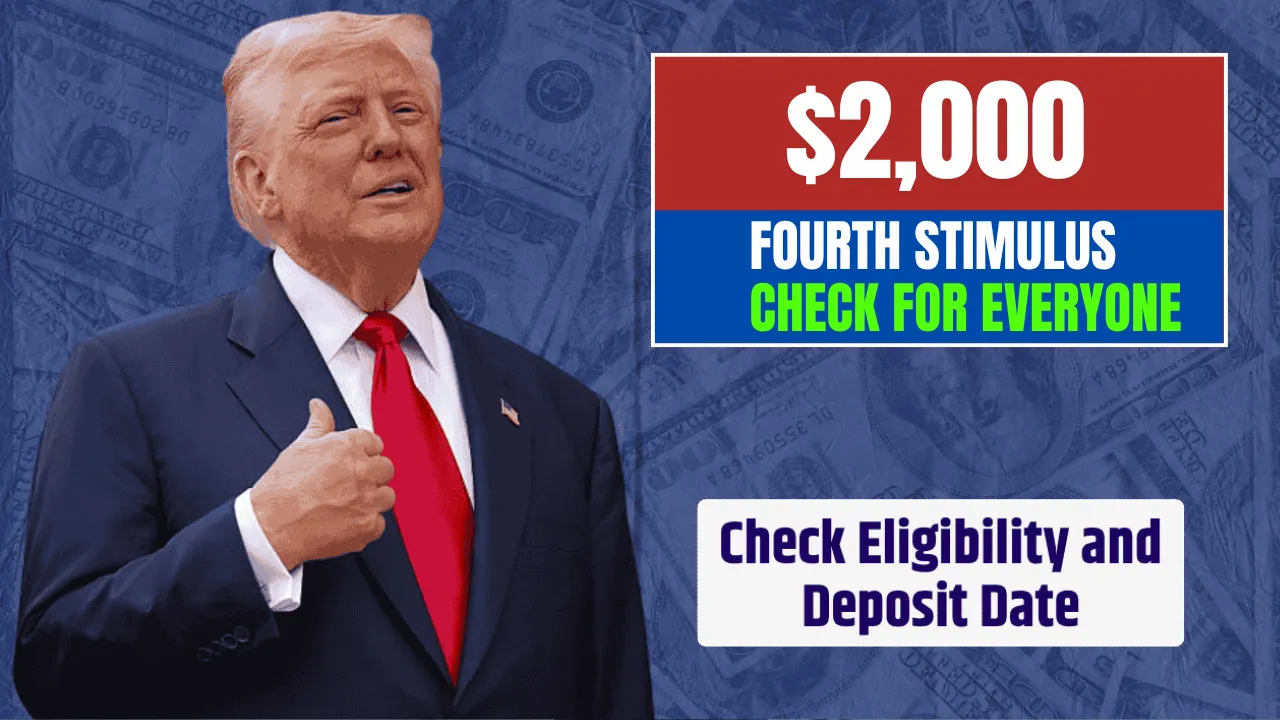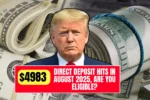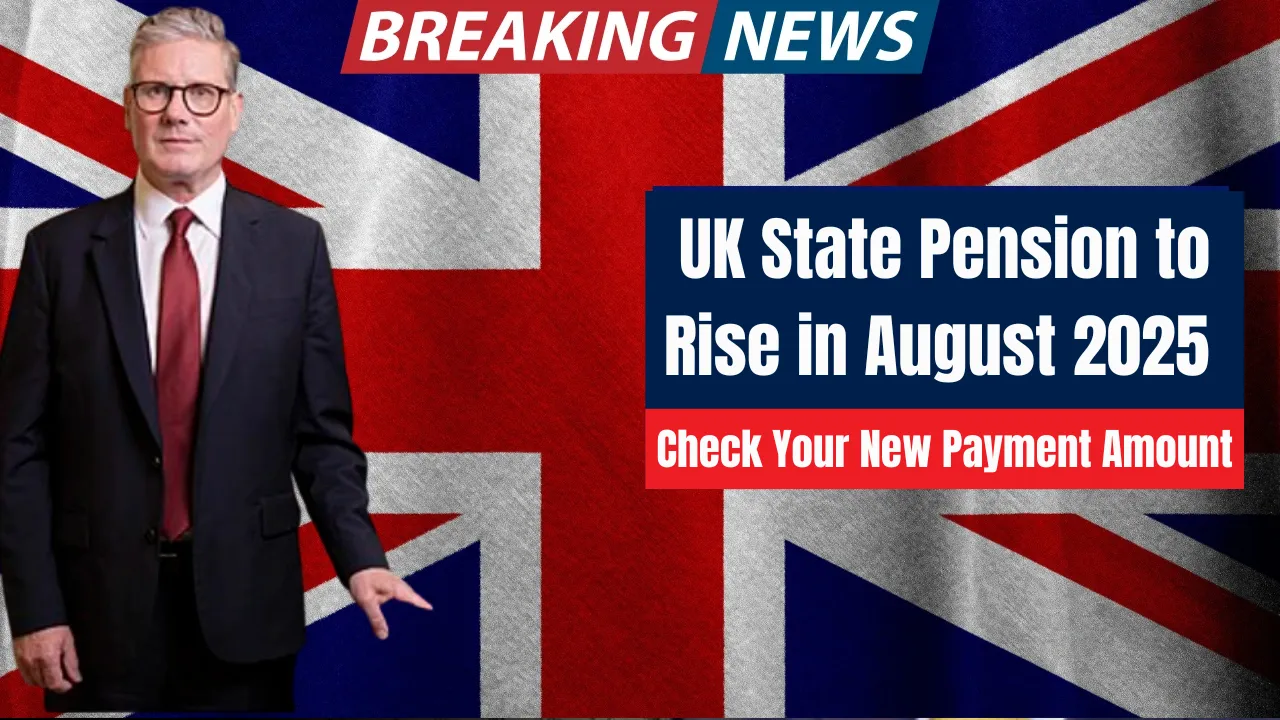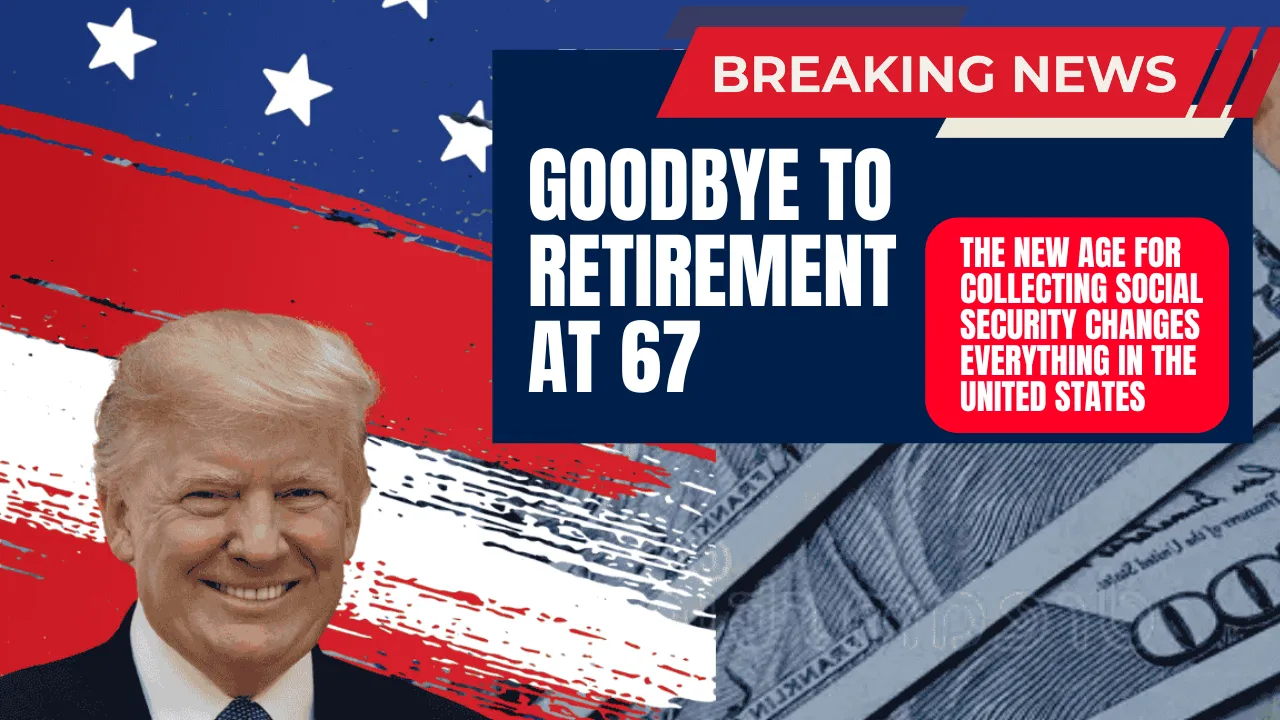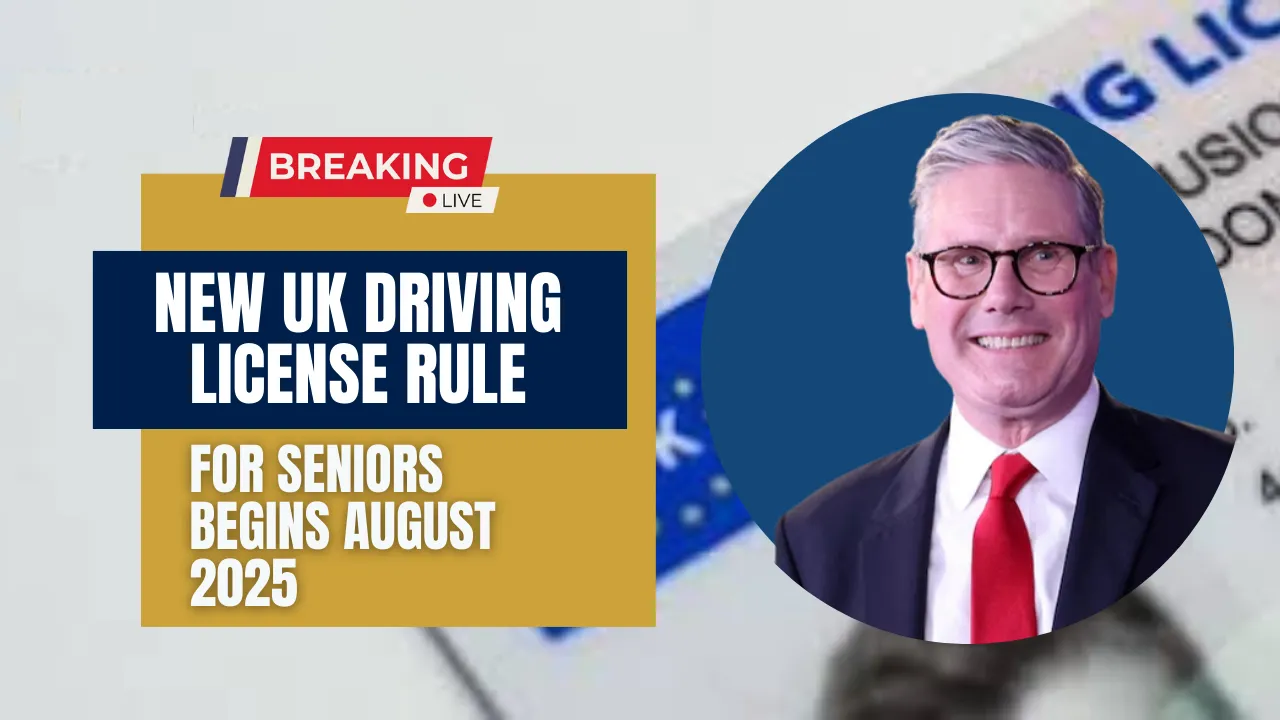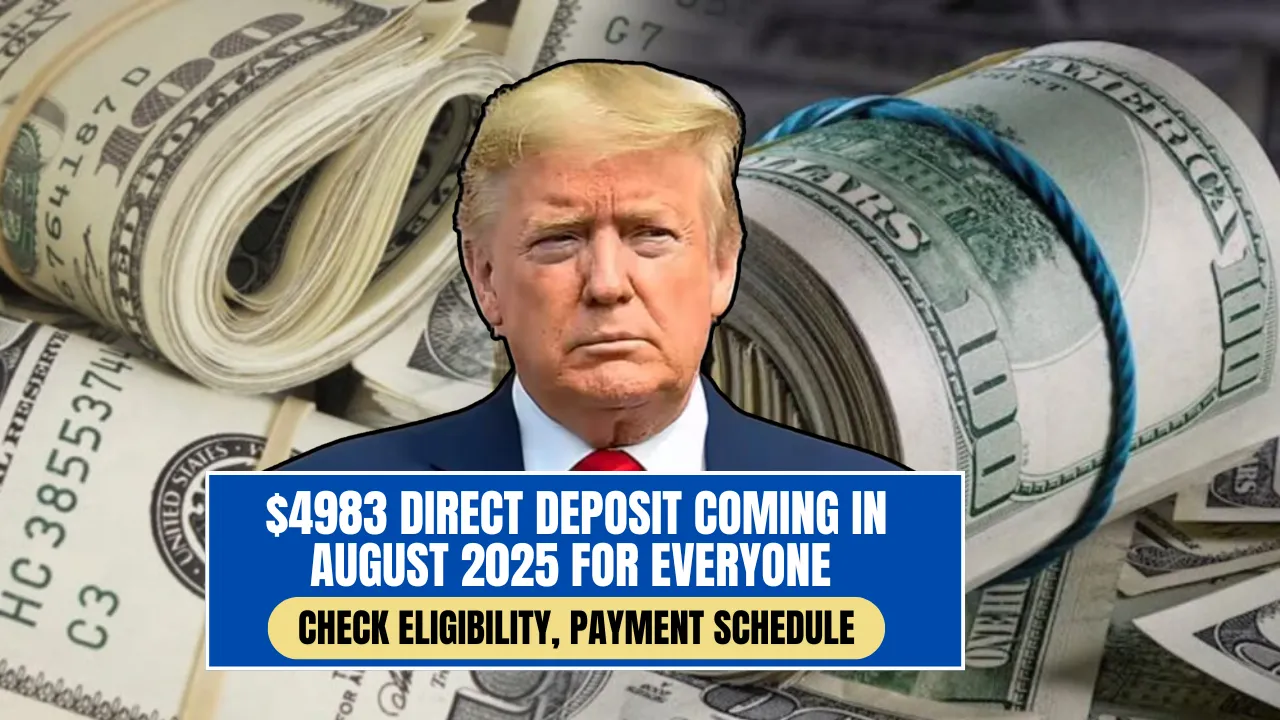If you’ve been hearing the buzz about a $2,000 Fourth Stimulus Check, you’re not alone. With living costs still high in 2025, millions of Americans are wondering if extra relief is really on the way. From groceries to gas, prices aren’t going down fast enough, and many households are feeling the pinch. Lawmakers in Washington D.C. are revisiting the idea of direct payments to give people a financial cushion, and this new proposal could put an extra $2,000 in the pockets of eligible individuals.
The possibility of a $2,000 Fourth Stimulus Check has reignited hope—especially for seniors, low-income families, and those on fixed incomes. In this guide, we’ll break down what’s currently known, who might qualify, how much you could get, and when payments might land in your bank account. We’ll also look at alternative relief programs in case the check doesn’t pass.
$2,000 Fourth Stimulus Check – Key Update
The current proposal calls for $2,000 for every eligible adult, plus an extra $500–$1,000 for each dependent. Eligibility is expected to be based on your most recent tax return or benefits records, with the IRS handling distribution. Like previous rounds, payments would go out first to those with direct deposit, followed by paper checks and prepaid debit cards. While no law has been passed yet, momentum is building due to persistent inflation and economic pressure on households. If approved later in 2025, payments could arrive by the end of the year or early 2026.
Overview Table – $2,000 Fourth Stimulus Check
| Key Point | Details |
| Proposed Amount | $2,000 for eligible adults |
| Extra for Dependents | $500 – $1,000 per dependent |
| Eligible Income – Single | Less than $75,000/year |
| Eligible Income – Married | Less than $150,000/year (combined) |
| Eligible Income – Head of Household | $112,500/year or less |
| Possible Groups Included | Tax filers, Social Security, SSDI, SSI recipients, parents, caregivers |
| Status of Proposal | Not yet passed by Congress |
| Possible Payment Date | Late 2025 – Early 2026 if approved |
| Payment Method | Direct deposit, paper check, or debit card |
Who can get the fourth stimulus check?
If Congress approves this payment, eligibility will likely mirror past stimulus checks. That means income caps will determine who gets the full amount. The IRS will use the latest tax filings or federal benefits data to identify recipients.
Possible eligible groups include:
- Single tax filers earning less than $75,000 annually.
- Married couples filing jointly with combined earnings under $150,000.
- Heads of household earning $112,500 or less.
- Parents or caregivers receiving additional amounts for each dependent.
- Recipients of Social Security, SSDI, and SSI benefits.
The final bill may also adjust amounts based on the number of dependents in a household.
Possible eligible groups:
The following groups have the best chance of qualifying:
- Single filers: Income under $75,000.
- Married couples filing jointly: Combined income under $150,000.
- Heads of household: Earning $112,500 or less.
- Parents or caregivers: Extra for dependents.
- Federal benefit recipients: Includes Social Security, SSDI, SSI.
These limits are designed to ensure payments go to those most affected by rising costs.
Why is this proposal in the news again?
Three key reasons have put the $2,000 Fourth Stimulus Check back in headlines:
- High cost of essentials: Even with inflation down from its peak, food, rent, and healthcare costs remain stubbornly high.
- Wage growth lag: Many workers’ incomes aren’t keeping up with expenses.
- Impact on vulnerable groups: Seniors and disabled individuals are feeling the squeeze despite recent Social Security COLA increases.
Lawmakers see a stimulus check as a quick way to inject money into households and, in turn, stimulate local economies.
Decline in consumer spending
Recent data shows a slowdown in retail and small business sales. This decline worries economists who fear it could signal broader economic trouble. Stimulus payments could reverse this trend by giving people extra money to spend on goods and services, helping businesses recover.
Possible amount of fourth stimulus check
The proposal outlines:
- $2,000 for each eligible adult.
- $500–$1,000 per dependent.
Congress will finalize amounts if the bill passes, but the goal is to provide enough to meaningfully offset rising living costs.
When could payments arrive?
As of now, no legislation has passed. If the bill is approved in the second half of 2025, the IRS will need time to prepare distribution. The earliest payments could arrive is late 2025, with others possibly coming in early 2026. Direct deposit recipients will be first in line, followed by those receiving paper checks or debit cards.
Other possible relief plans
If the stimulus check doesn’t happen, lawmakers may turn to other relief programs such as:
- Enhanced Child Tax Credit.
- LIHEAP for utility bills.
- Emergency SNAP benefits.
- Rent assistance programs.
- Extended unemployment benefits.
These options aim to target those most in need during ongoing economic challenges.
Preparation How
Here’s how to be ready if the $2,000 Fourth Stimulus Check becomes law:
- Keep your tax filings updated so the IRS has accurate info.
- Set up direct deposit for faster payment.
- Follow official IRS announcements to avoid scams.
- Use the IRS “Get My Payment” tool if it becomes available.
Conclusion
While the $2,000 Fourth Stimulus Check isn’t guaranteed yet, it’s a serious proposal aimed at helping Americans cope with persistent high costs. Whether through this direct payment or other relief programs, the government’s goal is to offer some financial breathing room. Staying informed and prepared ensures you won’t miss out if the plan gets the green light.
FAQs
Q1. What is the $2,000 Fourth Stimulus Check?
It’s a proposed payment from the federal government to eligible individuals to help offset rising living costs.
Q2. Who is eligible to receive it?
Likely those under specific income limits, based on recent tax returns or benefits records.
Q3. Is it guaranteed that everyone will get $2,000?
No, it’s still a proposal and must pass Congress before becoming law.
Q4. When would the payments go out?
If approved later in 2025, payments could start late this year or early next year.
Q5. How will the payment be sent?
Most payments will go by direct deposit, with paper checks and prepaid debit cards as alternatives.
